Size: Single Plant | 2.5″ Pot Included
The Peace Lily Golden (Spathiphyllum) is a popular and relatively low-maintenance indoor plant known for its glossy green leaves and elegant white (or sometimes greenish-white) “flowers” (which are actually modified leaves called bracts).
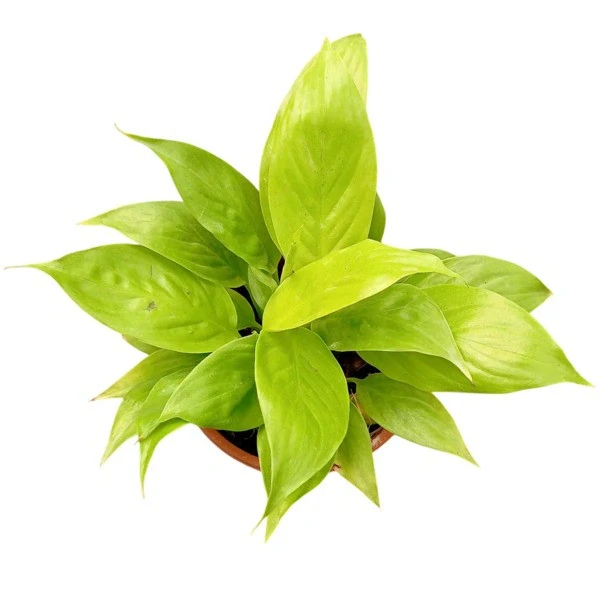
Here’s a comprehensive guide to caring for your Peace Lily Golden Plant:
1. Light:
- Bright, indirect light is ideal. This mimics their natural habitat on the rainforest floor.
- Avoid direct sunlight, especially harsh afternoon sun, as it can scorch the leaves and cause them to turn brown or yellow.
- North or east-facing windows are typically the best locations.
- While they can tolerate low light, they may produce fewer flowers in such conditions. If your plant isn’t blooming, try moving it to a brighter spot.
- Rotate the plant periodically to ensure even growth.
2. Watering:
- Consistency is key. Peace lilies prefer consistently moist soil, but they are very sensitive to overwatering, which can lead to root rot.
- Water when the top 1-2 inches of soil feel dry to the touch. Don’t let the soil dry out completely, but also don’t let it sit in soggy conditions.
- Peace lilies are quite dramatic and will visibly droop when they are thirsty, which is a good indicator that they need water. They usually perk up quickly after watering.
- Use room-temperature water. If your tap water is heavily chlorinated, let it sit out overnight to allow the chlorine to evaporate.
- Ensure good drainage. Always use a pot with drainage holes and a saucer to catch excess water. Empty the saucer after watering.
- Watering frequency will vary with temperature, humidity, light, and pot size. You’ll likely water more often in warmer months and less in winter.
3. Humidity:
- Peace lilies are tropical plants and thrive in high humidity.
- Mist the leaves regularly (especially in dry environments or during winter when indoor air is drier).
- You can also place the pot on a pebble tray filled with water (making sure the pot isn’t sitting directly in the water) to increase humidity around the plant.
- Bathrooms or kitchens often have higher humidity levels, making them good spots for peace lilies.
4. Soil:
- Use a rich, well-ddraining potting mix that contains ample organic matter. This mimics the decomposing organic matter found in their natural habitat.
- A mix designed for indoor plants or a blend of peat and perlite works well.
- Avoid mixes that retain too much water or are too compact.

5. Temperature:
- Peace lilies prefer warm, consistent temperatures between 65-80°F (18-27°C).
- Avoid cold drafts and temperatures below 55°F (13°C), as prolonged exposure to cold can be fatal. Keep them away from drafty windows, doors, or heating/cooling vents.
6. Fertilization:
- Peace lilies are not heavy feeders.
- Fertilize sparingly during the growing season (spring and summer).
- Use a balanced, water-soluble houseplant fertilizer diluted to half or quarter strength, about once a month or every 6-8 weeks.
- They are sensitive to chemical fertilizers, so organic options are often preferred.
- Over-fertilizing can lead to brown leaf tips or green flowers (if they’re getting too much nitrogen). Reduce fertilization if you see these signs.
- Do not fertilize in fall and winter when the plant is dormant.
7. Repotting:
- Peace lilies prefer to be slightly root-bound.
- Repot only when the plant becomes too large for its current pot, usually every 1-2 years in spring. You’ll see roots appearing through the drainage holes or circling the top of the soil.
- Choose a pot that is only a few inches larger in diameter than the current one.
- Repotting is also a good time to divide the plant if you want to propagate it.
8. Pruning:
- Peace lilies don’t require extensive pruning.
- Remove any yellowing, brown, or dead leaves at the base of the stem to encourage new growth and maintain a tidy appearance.
- Cut off spent flower stalks at their base once the “flower” fades and turns green or brown.
9. Common Problems and Solutions:
- Drooping leaves: Most commonly due to underwatering. Water thoroughly, and it should revive quickly. Can also be a sign of overwatering (leading to root rot).
- Yellow leaves: Can indicate overwatering or underwatering. Also, older leaves may yellow if the plant hasn’t been repotted in a while. Too much direct light can also cause yellowing.
- Brown leaf tips: Often caused by low humidity, underwatering, over-fertilization, or chemicals in tap water (like chlorine or fluoride).
- Lack of blooms: Usually due to insufficient light. Move to a brighter, indirect light location. Also, improper fertilization (too much nitrogen, not enough phosphorus) can be a factor.
- Pests: Generally resistant, but can sometimes attract spider mites, mealybugs, or fungal gnats. Wipe leaves clean regularly and treat with insecticidal soap if needed.
10. Toxicity:
- Peace lilies are mildly toxic to humans and pets if ingested, as they contain calcium oxalate crystals that can cause irritation. Keep them out of reach of children and pets, and wash your hands after handling.

By following these care tips, your Peace Lily Golden Plant should thrive and add a beautiful touch of greenery and elegance to your indoor space.
Only logged in customers who have purchased this product may leave a review.
You may also like…
-
Peace Lily, Spathiphyllum Plant
₹149.00 – ₹299.00Select options This product has multiple variants. The options may be chosen on the product pageSize: Single Plant with/ without flower | Pot Included 2.5″-4″ The Peace Lily (Spathiphyllum) is a popular and elegant houseplant known for its glossy green leaves and distinctive white, calla lily-like blooms. While generally easy to care for, providing the right conditions will help it thrive. Here’s a comprehensive guide to Peace Lily, Spathiphyllum Plant …

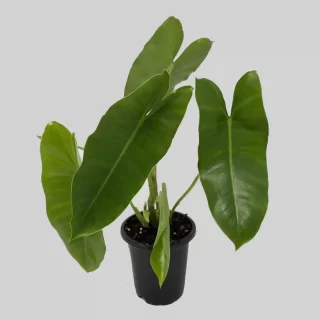

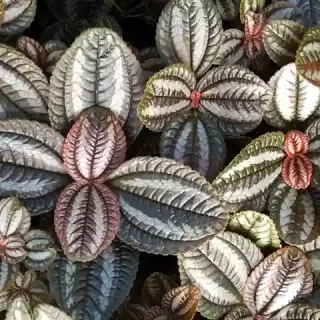
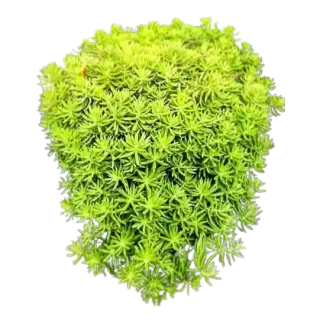
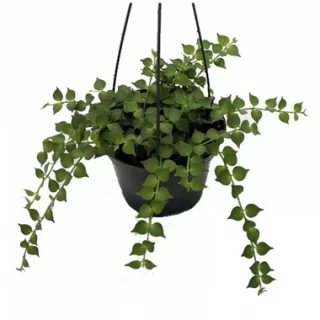
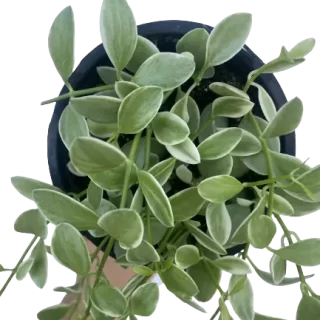

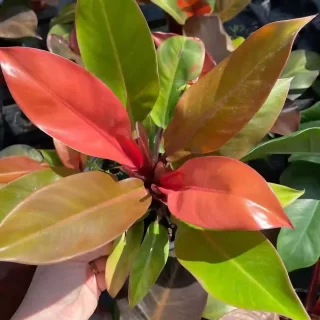


 If you need any assistance, I'm always here. Have you found what you were looking for?
If you need any assistance, I'm always here. Have you found what you were looking for?
Reviews
There are no reviews yet.